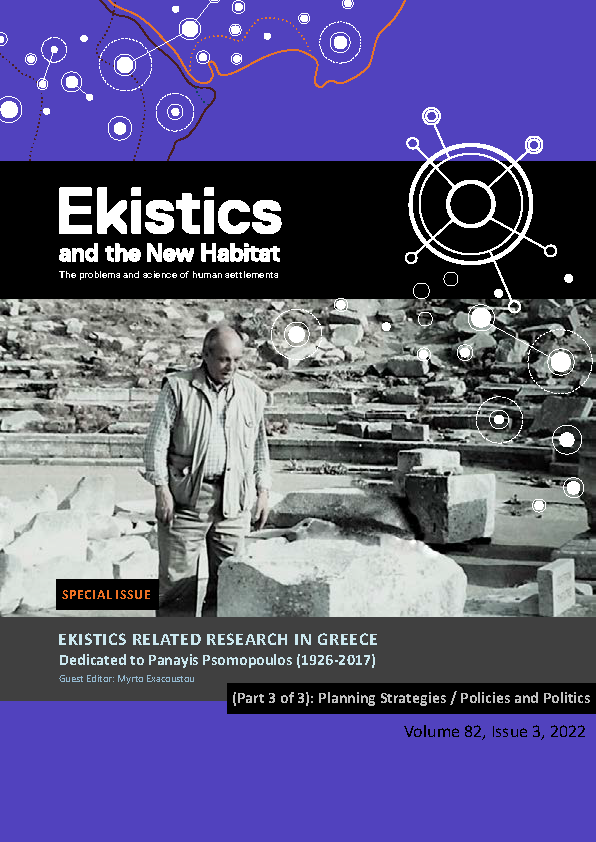Saving the United Nations Framework Convention on Climate Change from Itself: Complementary and Alternative Approaches
DOI:
https://doi.org/10.53910/26531313-E2022823668Keywords:
UNFCCC, minilateralism, G-20, MEF, Building BlocksAbstract
The United Nations Framework Convention on Climate Change (UNFCCC) is at the center of the international regime for climate change. Opened for signing at the 1992 United Nations Conference and Environment and Development (The Rio Earth Summit) and coming into force in 1994, the UNFCCC has evolved significantly in the past 30 years but continues to suffer from structural limitations that it began with, thereby limiting its effectiveness as the primary forum for negotiating climate mitigation and adaptation agreements. The two implementing agreements coming out of UNFCCC negotiations—the Kyoto Protocol and the Paris Climate Agreement—were both deeply flawed, and although it is too soon to deem the Paris Agreement a failure it does appear to be shaping up as inadequate to meet the challenge. This article examines the structural limitations with which the UNFCCC is burdened as well as key developments in its history, and will argue that more suitable forums for negotiating and arrangements for governing climate change mitigation should be found.
Published
How to Cite
Issue
Section
License
Copyright (c) 2024 Ekistics and The New Habitat

This work is licensed under a Creative Commons Attribution-NonCommercial-NoDerivatives 4.0 International License.
Please contact the Editor-in-Chief: editor@ekisticsjournal.org, should you have any questions on copyright for your submission.
This research journal is for Educational and Knowledge development purposes.
All material published on this site complies with our copyright and terms as described by the Attribution-NonCommercial-NoDerivaties 4.0 International (CC BY-NC-ND 4.0)






